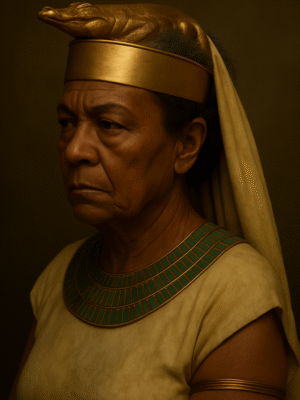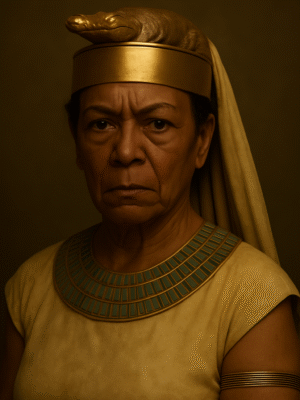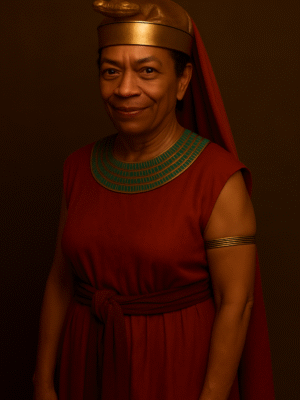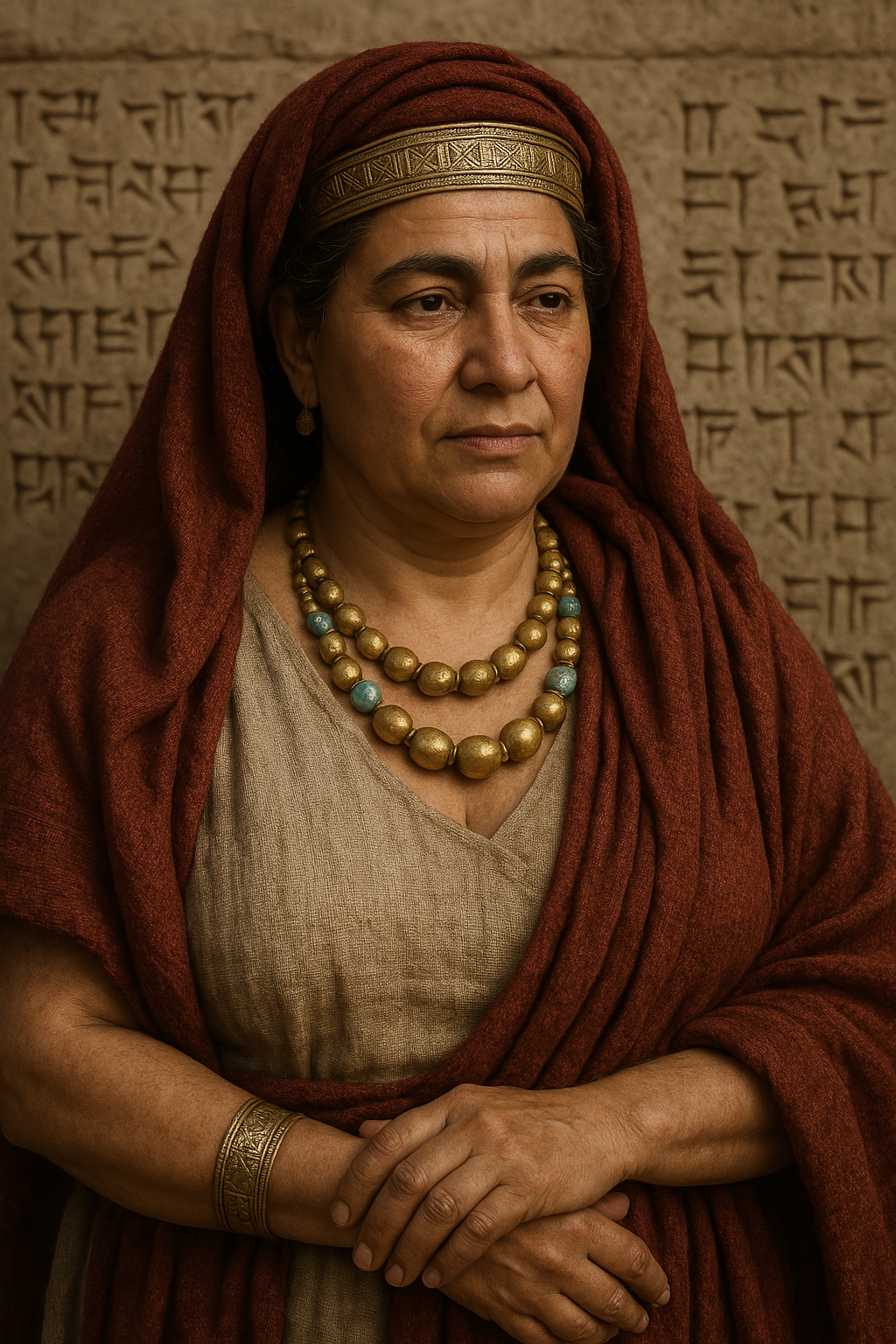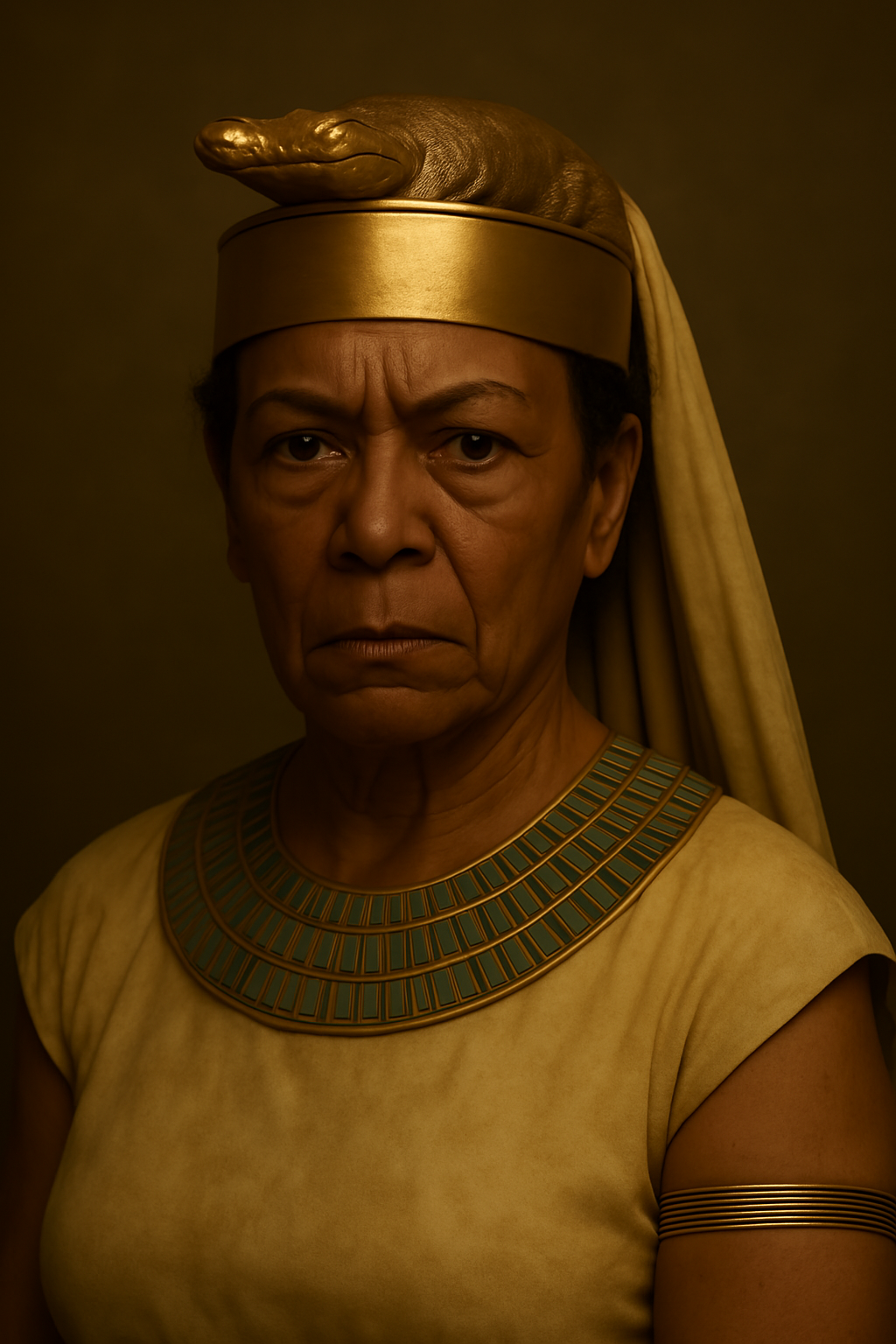
Sobekneferu (c. 1800 BC – Unknown)
Sobekneferu (c. 1800 BC – Unknown) Sobekneferu was one of Egypt’s earliest female pharaohs. She ruled during the 12th Dynasty and revived temple construction projects, honoring the crocodile god Sobek.
Sobekneferu, whose name means “Beauty of Sobek,” was the first confirmed female pharaoh of Egypt, ruling during the late 12th Dynasty. She ascended to the throne after the death of Amenemhat IV, who may have been her brother or husband, though their exact relationship remains uncertain. Unlike previous female rulers, Sobekneferu adopted the full royal titulary, distinguishing herself as a legitimate sovereign. Her reign lasted approximately 3 years, 10 months, and 24 days, according to the Turin Canon.
Her association with the crocodile god Sobek was unique among Egyptian rulers. The 12th Dynasty had established the Fayoum region as an economic and religious center, where crocodiles were revered as manifestations of Sobek. Sobekneferu incorporated this deity into her royal name, reinforcing her divine legitimacy. She also revived temple construction projects, continuing the architectural legacy of her predecessors.
Despite her historical significance, evidence of Sobekneferu’s reign is scarce. Few statues and inscriptions remain, and her burial site is uncertain. Some scholars speculate that the Northern Mazghuna pyramid was intended for her, but no definitive proof exists. A papyrus discovered in Harageh mentions a place called Sekhem Sobekneferu, which may refer to her pyramid, though this remains speculative.
Sobekneferu’s rise to power was unusual in a patriarchal society where kingship was traditionally passed from father to son. Her predecessor, Amenemhat III, had another daughter, Neferuptah, who was groomed for the throne but died before she could rule. Sobekneferu’s ascension suggests that Egypt was willing to accept female leadership when no male heir was available.
Her reign marked the end of the 12th Dynasty, and after her death, Egypt transitioned into the 13th Dynasty, a period of political fragmentation. Though her rule was brief, Sobekneferu paved the way for later female pharaohs like Hatshepsutand Cleopatra, proving that women could wield power in ancient Egypt.


